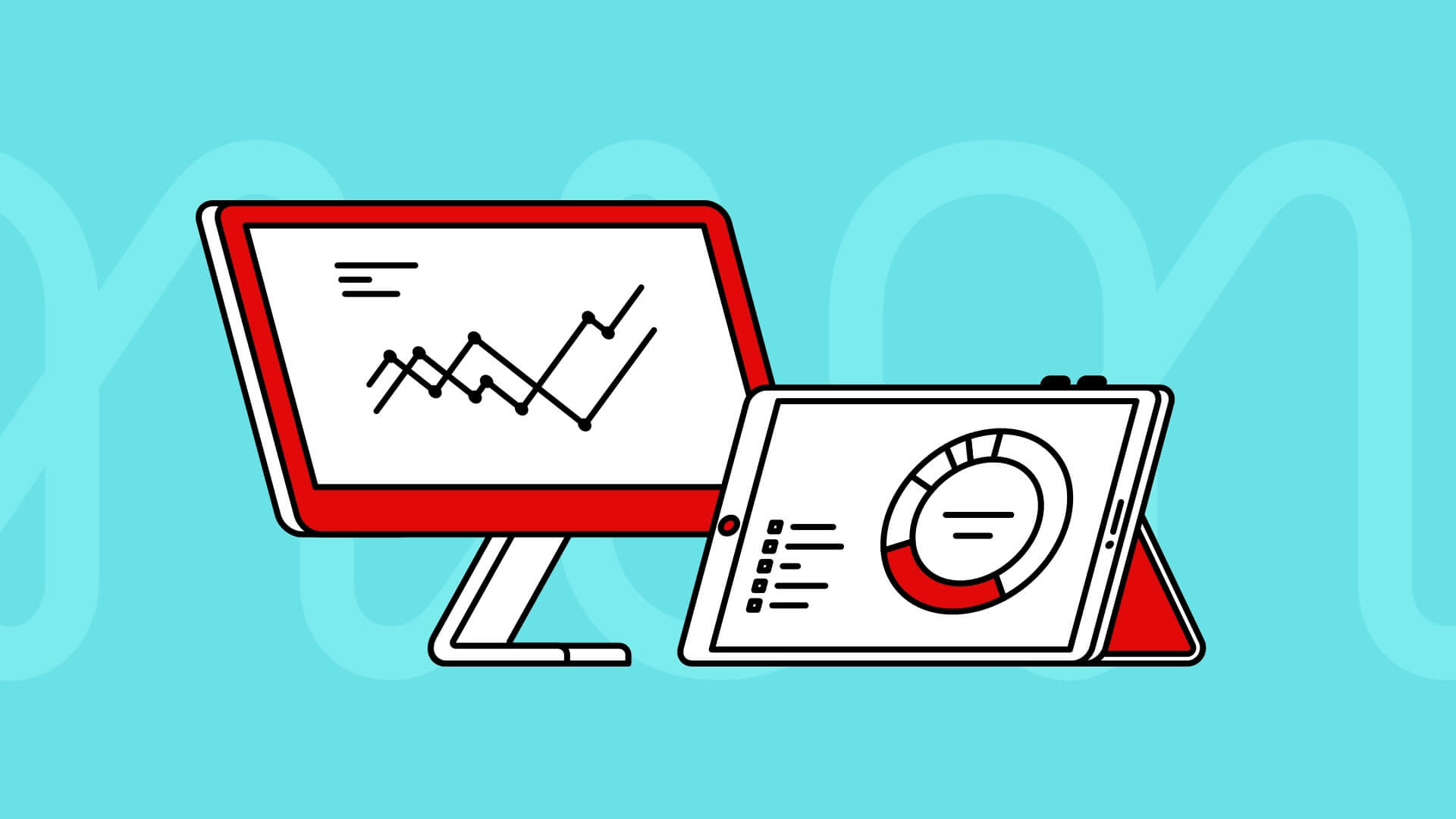12 months to 30 September 2023
Summary
- Inflation has started to ease, but it’s not over yet
- UK base interest rate held at 5.25% in September after 14 consecutive rises
- The war in Ukraine continues to impact energy and commodity prices
- Q3 2023 returns are not great, but most funds are showing positive returns over the last 12 months

Inflation and interest rate pressures start to ease
Interest rates were held at 5.25% by the Bank of England (BoE) in September. This put an end to 14 consecutive rate rises from 2021, when they were just 0.10%.
The BoE has been steadily increasing interest rates to battle rising inflation. The theory being - if it’s more expensive for people and companies to borrow - then demand for goods and services drops and prices should increase at slower rates.
Inflation was lower than expected for the 12 months to end August, which led to the BoE’s decision to hold rates at 5.25%. Markets are now expecting this to be the peak and, depending on growth in the UK economy (or lack of) between now and mid next year, the BoE may need to start reversing some of the rate rises in an attempt to boost growth. This will only happen if inflation continues to fall.
In the US, the Federal Reserve (the Fed) also held rates in September at a range of 5.25% - 5.50%. Inflation in the US is lower than the UK, with an annual rate of 3.7% to August. The Fed is expected to start reducing interest rates before the UK, which should prove positive for both bond and share markets globally.

Global tensions
The war in Ukraine continues to impact oil, gas and grain supplies across Europe, which has contributed to higher inflation around the world.
Russia and Saudi Arabia (along with some other oil producing nations) have begun to restrict oil supply in a bid to maintain the current high price (over $90 per barrel), or to drive it up further. The increase in oil and gas prices over the last two years has been a big factor in pushing inflation up. However, with low levels of economic growth in many regions across the world, the oil and gas producing countries are worried that - without supply restrictions - the price of oil would fall back to more normal levels due to reduced demand.

Stock and Bond Markets
Share markets have performed well over the period considering the market environment described above, whilst bond values have stabilised as markets start to consider interest rate rises are coming to an end.
Shares have provided positive returns over the year with some companies - such as oil and gas companies, as well as banks - performing strongly amidst rising prices and interest rates. UK shares, as measured by the FTSE All Share Index, returned 13.8%, assuming reinvestment of dividends. US companies performed even better, with the S&P 500 index returning 21.6%. However, a fall in the value of the US Dollar versus Sterling (GBP), meant that - for UK investors - the return reduced to 11.2% in GBP terms. Overall, and when measured in GBP, world share markets were up 10.5% for the 12-month period.
The annual returns would have been even higher had US shares not encountered a tough 3rd quarter of 2023. This was due to a potential US government shutdown because the House and Senate could not agree a short-term funding deal to pay for government expenditure. A key sticking point in the negotiation was aid for Ukraine - a significant Democrat demand.
Returns from emerging market shares over the 12 months were held back by currency movements, with the return from local markets overall being fairly good at close to 11%. But, the weakness of currencies such as the Chinese Yuan compared to GBP, meant this return fell to just 2% when measured in GBP.
Within global bonds (measured by the Barclays Global Aggregate Index) the total return was a modest 1.1% in GBP. This was a much better result than the previous 12 months, providing hope that the worst is behind us in term of returns from bonds.
Looking at specific bond markets, there were some quite different results within the overall return of 1.1%. For example, long maturity (15 years plus) UK Government Bonds (Gilts) fell by 13%, but higher yielding GBP corporate bonds (where money is loaned to companies with less strong credit ratings) returned +15%. The strong return from high yield bonds was illustrative that corporate profitability and earnings have stood up well to the challenges facing the global economy and there was no great fear of companies not being able to meet interest payments.
Remember, the value of investments can go up and down, so you may get back less money than you put in. Tax depends on your individual circumstances and the regulations may change in the future.
Take a look at the performance of our funds